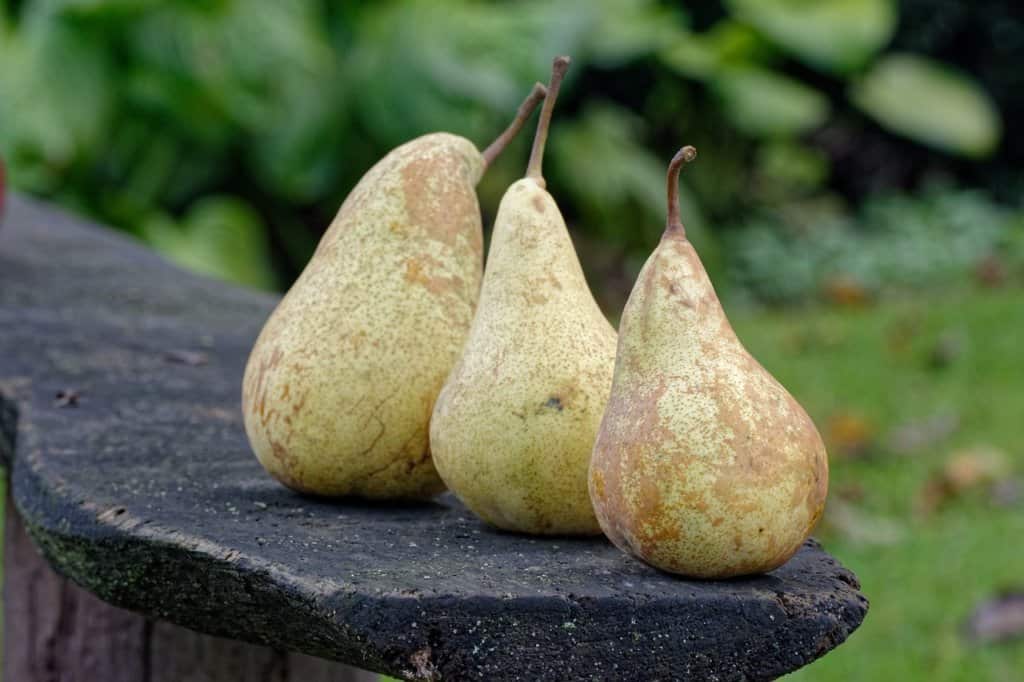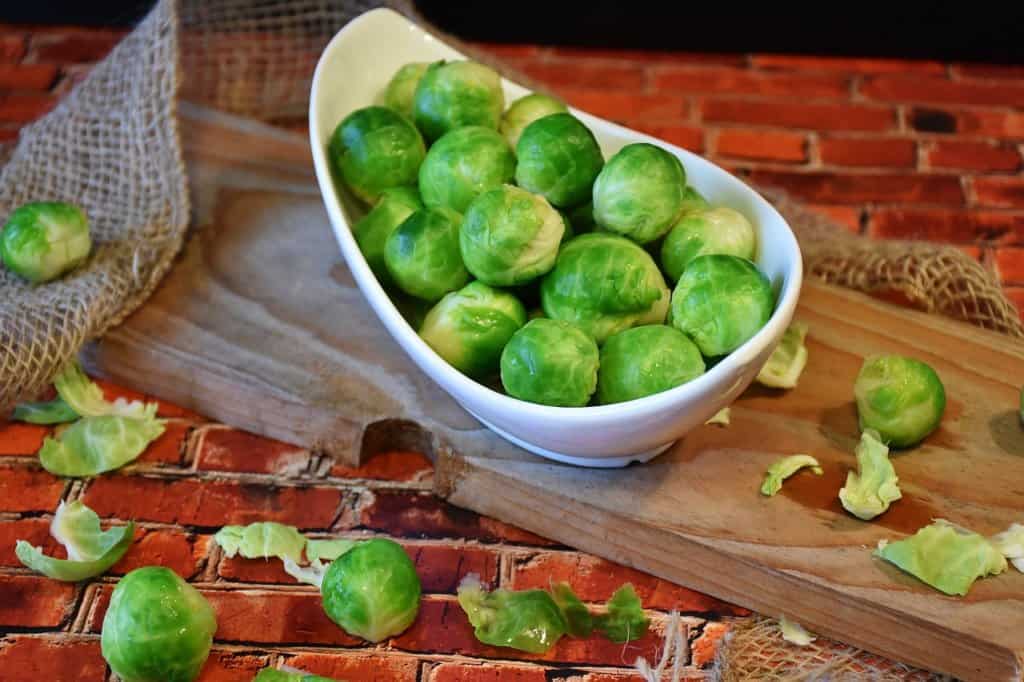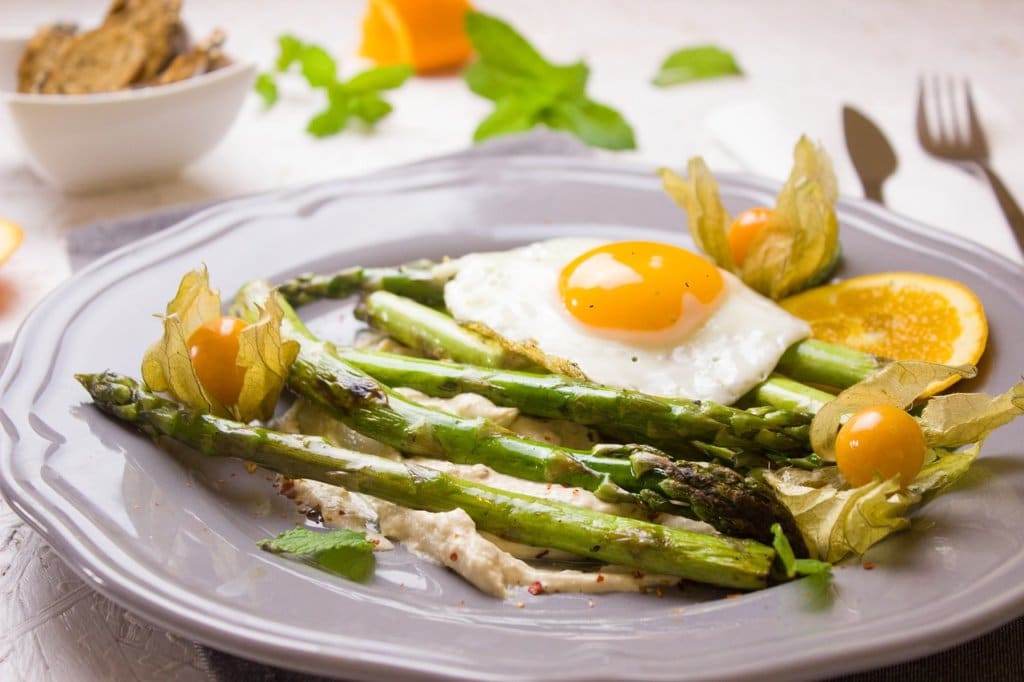Cooking with Seasonal Ingredients
Whether it’s apples in the autumn or asparagus in the spring, each season brings with it a unique bounty of delicious seasonal food. While organic catering companies are huge advocates of this approach, the everyday consumer often eats the same year round.
Eating seasonally used to be the only way to eat, until it became easy for grocery stores to supply everything from strawberries in the winter to snow peas in the fall. By shipping ingredients from all around the world, many consumers lost touch with the essence of eating seasonally — the taste of a blueberry just picked from the bush or the sweetness of corn in the summer.
And in turn, we have become disconnected from the harvest of fruits and vegetables in season and the true flavors of the food.
There are many benefits to purchasing, cooking with, and eating seasonal produce and other ingredients. From the taste to the cost, let’s see what all the fuss is around seasonal ingredients (and help you fine tune your grocery list accordingly).
The Environment
Because seasonal foods are often locally grown, they’re better for the environment. When foods are grown in the correct climate, the growing conditions are more ideal and they don’t require transportation (by car, freight, or plane).
The Nutrients
One of the many benefits of eating organic fruits and vegetables that are in-season actually have more nutrients. Often, when you’re eating out of season, foods are picked from around the world before they’ve had time to fully ripen. When you’re snagging fresh produce from a local farmers’ market instead, you’re getting to it faster than you would be if they’d been shipped to you from another part of the country or world.
The Cost
Though it may at first seem like farmers’ market and fresh seasonal ingredients are more costly, the price of foods actually goes down when there is a surplus of them. That’s why you’ll often find sales on blueberries during the summertime or apples in the fall — because they are growing fast and farmers are producing them in excess quantities.
The (Lack Of) Chemicals
When farmers grow product outside of the typical growing season, they often have to use chemicals or pesticides to ensure that their fruits and veggies look pretty and up to the standards of grocery stores. So, opting for the seasonal choice means less harm to your body and Mother Nature.
The Taste
Have you ever picked and eaten a tomato straight off the vine in the height of summertime? Or bite into a juicy and crisp pear during the fall? When you eat what’s in season, the fruits and veggies are at their prime with a fantastic flavor to prove it.
The Community
There’s something so rewarding about knowing who is growing your food and where they’re growing it. When you get into a routine of visiting the Sunday farmers’ market or purchasing from your local market, you’ll start to feel a deeper connection to your food.
The Cooking
When you feel a connection to your food and the seasons, you start to cook in ways that allow these seasonal ingredients to shine. Maybe your love for kumquats in the autumn leads you to making an annual kumquat jam — or your fondness of sugar snap peas in the summer encourages you to plant your own garden. Using locally sourced produce that is in season can open up a whole new world of seasonal recipes.
The Ingredients
Though it’s not a fully comprehensive ingredient list by any means, this list of some of the popular seasonal staples will get you started and help keep track of which fruits and vegetables are in season. There’s often overlap in the seasons (like Brussels sprouts that are grown in the fall and into the winter) and seasonal foods tend to vary by region. As a good rule of thumb — green thumb that is — consider shopping locally to see what’s seasonal in your neighborhood.
Autumn
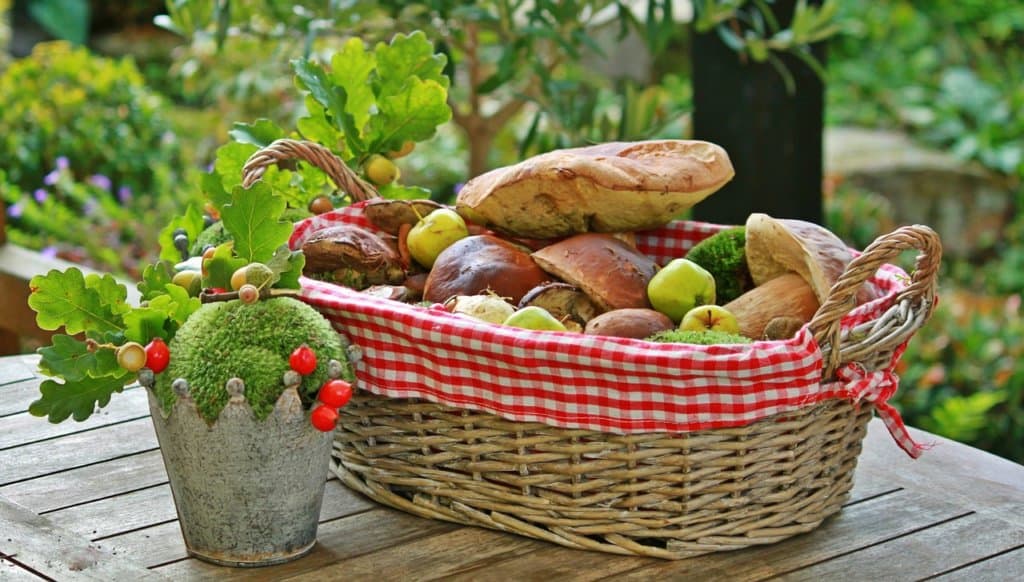
During autumn, the leaves change and the harvest yields a wide assortment of flavors in fruits and veggies. From pumpkin soups, to roasted cauliflower, to an abundance of dark leafy greens — cooking with seasonal fall ingredients offers a slow pace to the bustling and warm summer months. Plus, there’s nothing quite like the taste of a local apple baked pie.
veggies
brussels sprouts
endive
winter squash
swiss chard
radicchio
sweet potatoes
potatoes
turnips
cauliflower
broccoli
radish
mushrooms
onions
shallots
garlic
fennel
celery root
pumpkin
parsnips
carrots
beets
kale
fruit
apples and pears
grapes
persimmon
passion fruit
cranberries
quince
figs
kumquats
Winter
veggies
brussels sprouts
collard greens
kale
endive
squash
turnips
sweet potatoes
chestnuts
fruit
clementines
dates
grapefruit
mandarin
tangerines
red currant
oranges
Spring
veggies
artichokes
broccoli
asparagus
lettuce
snow peas
rhubarb
watercress
mustard greens
corn
chives
fennel
butter lettuce
fruit
mango
limes
lychee
oranges
pineapple
strawberries
honeydew
Summer
veggies
corn
cucumbers
eggplant
sugar snap peas
tomatillo
garlic
beets
green beans
okra
bell peppers
jalapeno peppers
edamame
fruit
apricots
cherries
elderberries
key limes
tomatoes
watermelon
nectarines
champagne grapes
blueberries
boysenberries
peaches
plums
raspberries
strawberries
What To Make
Aside from your usual recipe go-tos, there are some key dishes that make seasonal ingredients really fun. Soups, for example, can take on radically different forms in the different months. In the autumn you might find yourself drawn towards making a big batch of warm pumpkin or butternut squash soup — whereas in the summer, you might lean towards chilled cucumber soup. Jams during Christmas time might be made with clementines and gifted to family and friends, where summer jams might make peaches the star. Try looking for some seasonal cookbooks for more recipe ideas for whatever season you’re in.
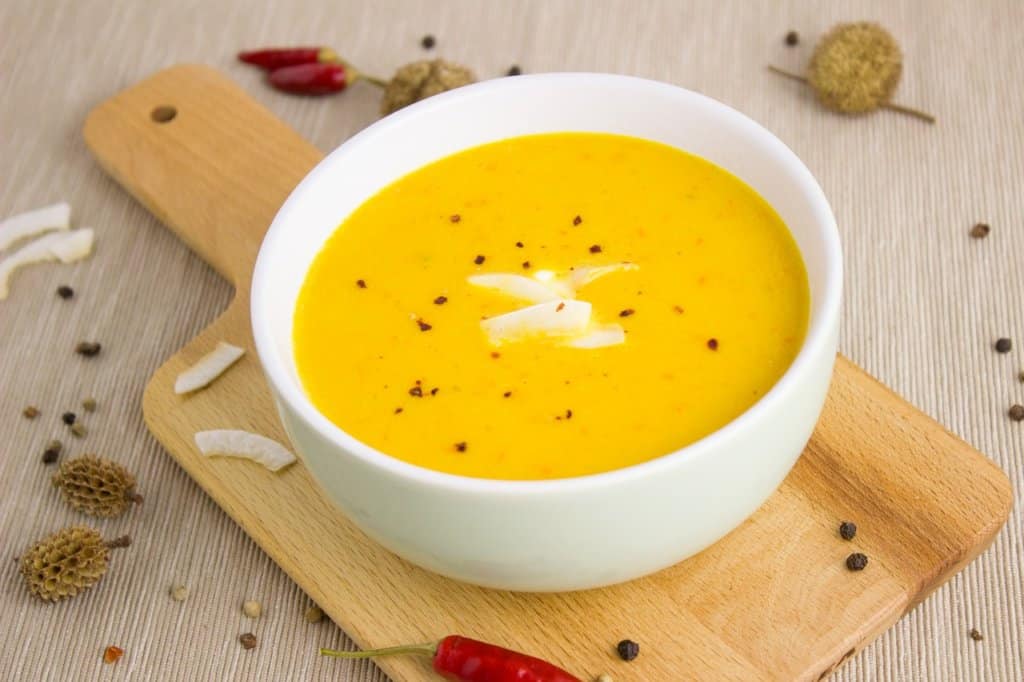 Utilizing your seasonal ingredients for kitchen staples like salsas (think: fig salsa in the fall and strawberry salsa in the spring) or barbecue glazes (hello mango glaze in the heat of summer) is another added bonus if you eat seasonally.
Utilizing your seasonal ingredients for kitchen staples like salsas (think: fig salsa in the fall and strawberry salsa in the spring) or barbecue glazes (hello mango glaze in the heat of summer) is another added bonus if you eat seasonally.
You can even take your usual entrees, like chicken, beef, or fish, and consider pairing them with seasonal sauces for a fun twist on your original go-to recipes.
At Eco Caters, we pride ourselves on being an organic-focused, family-owned team with a love for seasonality and handpicked ingredients. From autumn, to winter, to spring, to summer, all of our dishes are centered around in-season produce.
And we hope these ingredient tips and grocery lists have you feeling excited, too, about all things seasonal! Want to continue reading? Check out the benefits of catering any occasion.
